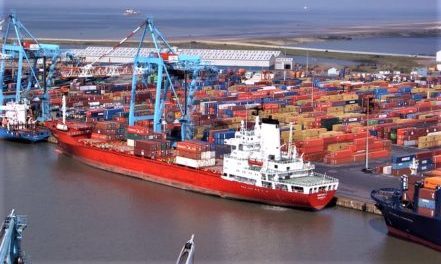
Maritime law
Queen Eleanor (1122-1204), mother of King Richard I ‘the Lionheart’ (1157-99), ruled England in his absence on Crusade and she established maritime law circa 1190, a concept she had observed on a French island. As Britain’s sea-faring activities increased in the following centuries, practitioners of this law formed an important, specialist sector of the legal profession.
Maritime, or admiralty, law was initially solely concerned with ships engaged in import and export. It now encompasses all issues related to ships and shipping, including ownership, the crew, collisions, piracy, salvage, carriage of cargo and passengers, unmanned vessels and wrecks, environmental liability and pollution. Territorial matters are dealt with by the United Nations Convention on the Law of the Sea.
It is considered far better to settle disputes through arbitration than to take them to the Admiralty Court and the London Maritime Arbitrators Association is the world leader in this. A ship itself can be arrested and detained by a Customs Officer if it is seen to be the ‘instrument of mischief’ in a particular incident. It may need to be sold to cover the claim but if it has sunk or is otherwise unavailable, a ‘sister ship’ under the same ownership can be arrested instead.
(Image: Carl Davies at geograph.org.uk / CC BY-SA 2.0)
